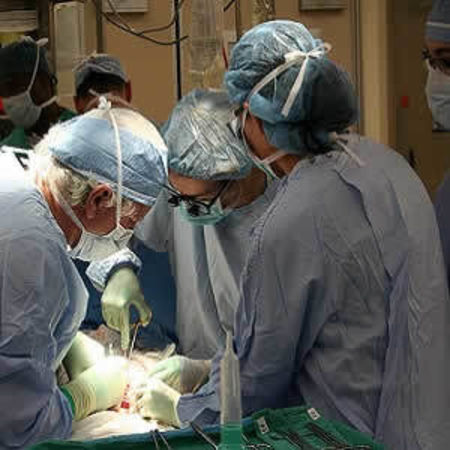According to new research, the use of advanced critical care in children and infants with liver failure is justified because liver transplantation (OLT) can be performed on the sickest children and achieve acceptable outcomes. The survival outcomes are comparable to the general population, justifying the use of scarce donors. The study is in press in Journal of the American College of Surgeons.
See Also: Evolving Concepts in Acute-on-Chronic Liver Failure
Advances in critical care prolong survival in children with liver failure, allowing more critically ill children to undergo OLT. A recent study reports a 75 percent survival for children with acute liver failure without transplantation compared to just 15 percent in 1985. Also for chronic liver failure, there have improvements in waitlist survival for candidates awaiting OLT.
In order to justify the use of a scarce donor resource and avoid futile transplants, the researchers embarked on this study to determine the survival in children who undergo OLT while receiving pre-OLT critical care. The team analysed 13,723 paediatric OLTs using the UNOS database from 1987-2015, including 6,746 recipients in the MELD/PELD era (2002-2015). 1,816 recipients (26.9 percent) were admitted to the intensive care unit (ICU) at the time of transplantation. They also analysed 354 paediatric OLT recipients at Texas Children’s Hospital (TCH) from 2002-2015, one of the largest institutional experiences. 65 recipients (18.3 percent) were admitted to the ICU at the time of transplantation. Kaplan-Meier, volume threshold, and multivariable analyses were performed.
The investigators reported these key findings:
- Patient survival improved steadily over the study period, (66% 1-year survival in 1987 vs. 92% in 2015, p <0.001).
- TCH's institutional experience of ICU recipients in the MELD/PELD era had acceptable outcomes (87% 1-year survival), even among the sickest recipients with vasoactive medications, mechanical ventilation, dialysis, and molecular adsorbent recirculating system requirements.
- Volume analysis revealed inferior outcomes (HR 1.68, 1.11-2.51) in low-volume centres (<5 annual cases).
The research team also found that identifiable risk factors (previous transplantation, elevated serum sodium, haemodialysis, mechanical ventilation, body weight < 6 kg, and low centre volume) increased risk of mortality. "These risk factors and our system of risk stratification proved to be reasonably accurate, as we can see in the distribution of Kaplan-Meier curves and the calculated c-statistic of 0.68. These risk factors may help to establish a future concept of futility," the researchers explained.
They also said, "Irrespective of the definition of critical illness, whether it be dialysis or mechanical ventilator dependence, the outcomes are now comparable with the general population."
Source: Journal of the American College of Surgeons
Image Credit: Max Pixel
References:
Rana, A. et al. (2017) No Child Left Behind: Liver Transplantation in Critically Ill Children . Journal of The American College of Surgeons. doi.org/10.1016/j.jamcollsurg.2016.12.025
Latest Articles
Critical Care, liver transplantation, liver failure, paediatric OLT
According to new research, the use of advanced critical care in children and infants with liver failure is justified because liver transplantation (OLT) can be performed on the sickest children and achieve acceptable outcomes.



























